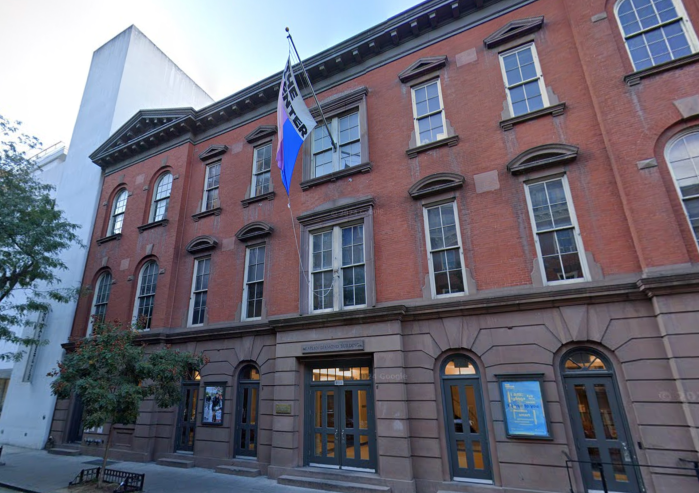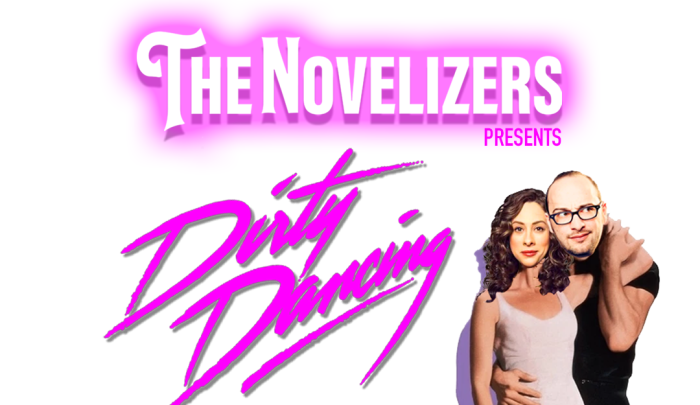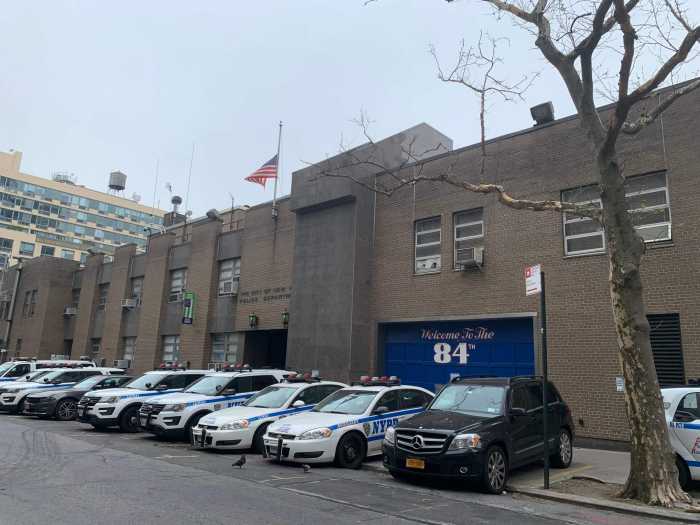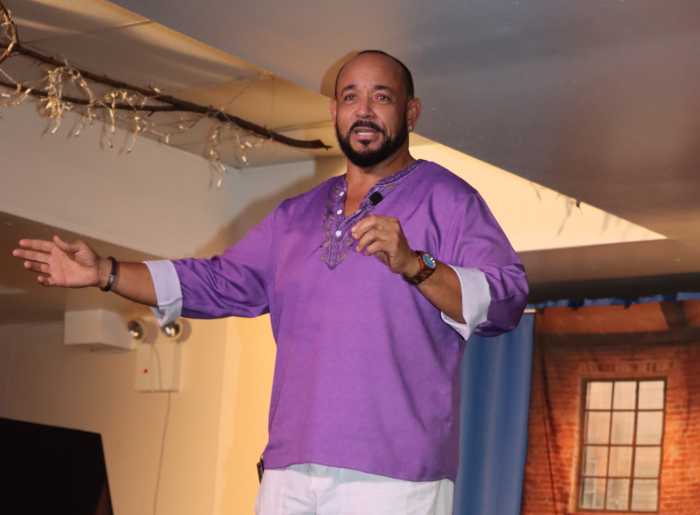The gay community has suffered a troubled history––to say the very least––with law enforcement in this country, so it came as no surprise that the appearance this week at the Lesbian, Gay, Bisexual and Transgender Community Center of three high ranking criminal justice officials––two prosecutors, one federal and one state, and a top official at the Manhattan office of the federal Drug Enforcement Agency––talking about the crystal meth epidemic was met with widespread suspicion and no small amount of rancor.
Critics of law enforcement offered up a wide array of valid concerns, and even landed a few good punches. But in rejecting the notion that the criminal justice system has any legitimate role to play in cracking down on drug distribution, a number of audience members displayed a startlingly head in the sand attitude about the enormous damage that those who greedily and arrogantly traffic in crystal meth are exacting on our community. We all know better.
There is plenty wrong with this nation’s war on drugs. It has put this nation in cahoots with some of the most reactionary political forces around the globe. It has invited official corruption and popular cynicism. It has locked up for unconscionable periods of time both casual drug users and long -suffering addicts. That approach substitutes an unsuccessful criminal response for what should be a determined medical intervention, and in the process drains money out of needed social services and into housing vast numbers of inmates. Criminalization of the user has also preyed disproportionately on people of color and other economically stressed segments of our society.
One of the panelists, criminal defense attorney Isabelle A. Kirshner, and one audience member, Ronald Johnson, associate executive director of Gay Men’s Health Crisis, were particularly articulate in laying out these critiques. Kirshner emphasized the harshness and inflexibility of minimum sentencing guidelines, while Johnson decried the lack of resources for drug treatment.
Another of the panelists, David Esseks, chief of the Narcotics Unit in the office of the U.S. Attorney for the Southern District of New York, erred––in several important respects––in refusing to rule out law enforcement efforts that focus on users rather than simply on major sellers.
First, in doing so, Esseks gave a bad name to “demand reduction,” a term typically used to describe anti-drug education, not deterrence efforts based in the arrests of users. Second, at a time when popular concerns about civil liberties infringement are at a cyclical peak due to the callousness of the Bush administration, support for legitimate law enforcement efforts in the gay community will never be bought with such talk. Finally, in the real world fight against drugs, the focus is of necessity going to have to be on curbing supply, not on harassing users, so Esseks’ words seemed to be only empty rhetoric.
But that real world fight against profiteer suppliers of crystal meth has validity. We can––and should––work to change our society’s choices between treatment and prisons, our legal system’s staggering bias against the poor and people of color, and the easy political instinct to demonize and punish people with the disease of addiction.
But we should not doubt our will to stand up to those who are predators against our community.
WRITE US!
Email letters to Editor@gaycitynews.com
Or fax to 646.452.2501
Or mail to 487 Greenwich St., Suite 6a, New York City 10013
Please include a phone number for confirmation purposes only.
We reserve the right to edit all letters to meet space constraints.




























